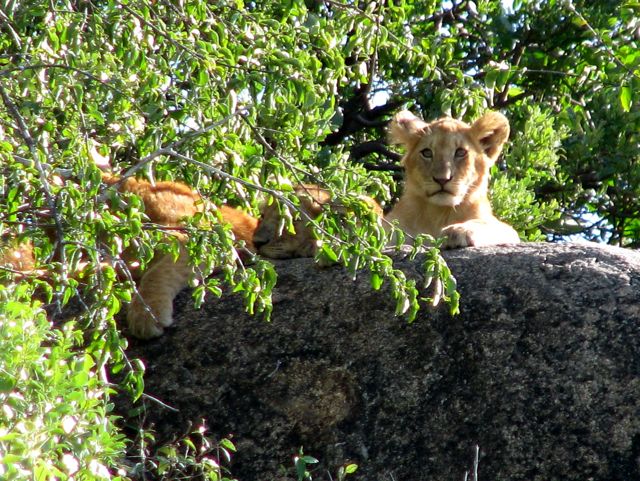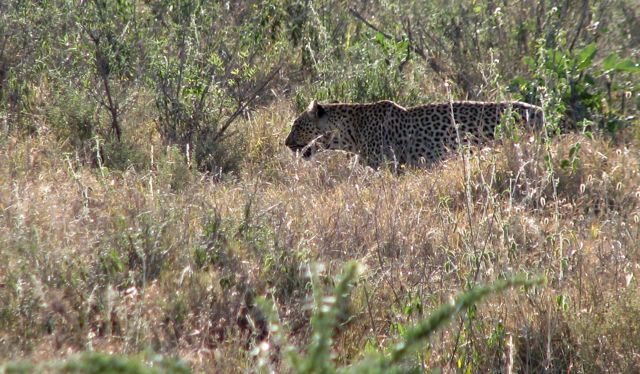Serengeti National Park
After our night on the rim of Ngorongoro Crater we helped break down camp and load the land cruisers for our trip to the Serengeti, about a 3 hr drive. On the way we stopped at the famous Olduvai Gorge (more correctly Oldupai). Oldupai is the location of important fossil finds related to human evolution, particularly known for Australopithecus boisei who lived 1.75 million years ago and was first discovered by Mary and her husband Louis Leakey.
Later in 1976 Mary found the tracks of an earlier species of hominid, Australopithecus afarensis, at nearby Laetoli, which dates back to around 3.5 million years ago. These tracks (shown in a pic below) are some of the best evidence of the ability for our early human ancestors to walk upright. The students found it mind-boggling to be walking in the same area as our early human relatives.
After the stop at Oldupai, we continued our journey into the Serengeti National Park, stopping to eat our boxed lunches at the gate (another great lunch!). We took our time driving through the park on the way to our campsite for an evening game drive, arriving at our campsite around dusk. Along the way we saw a number of lions, giraffe, thousands of zebra and wildebeest, a plentitude of fascinating birds, Thompson’s gazelle, topi, Grant’s gazelle, ostrich, and many others. The highlight for many was following a leopard at dusk as it meandered along the river bed looking for a good tree to climb for a better view. We watched it effortlessly jump into a tree, before gracefully leaping down to continue searching for dinner. We had to leave to make sure we arrived at camp before dark. We slept to the sounds of hyenas laughing and awoke to the roar of lions. God’s good earth is filled with a vibrant and astounding Creation.





































